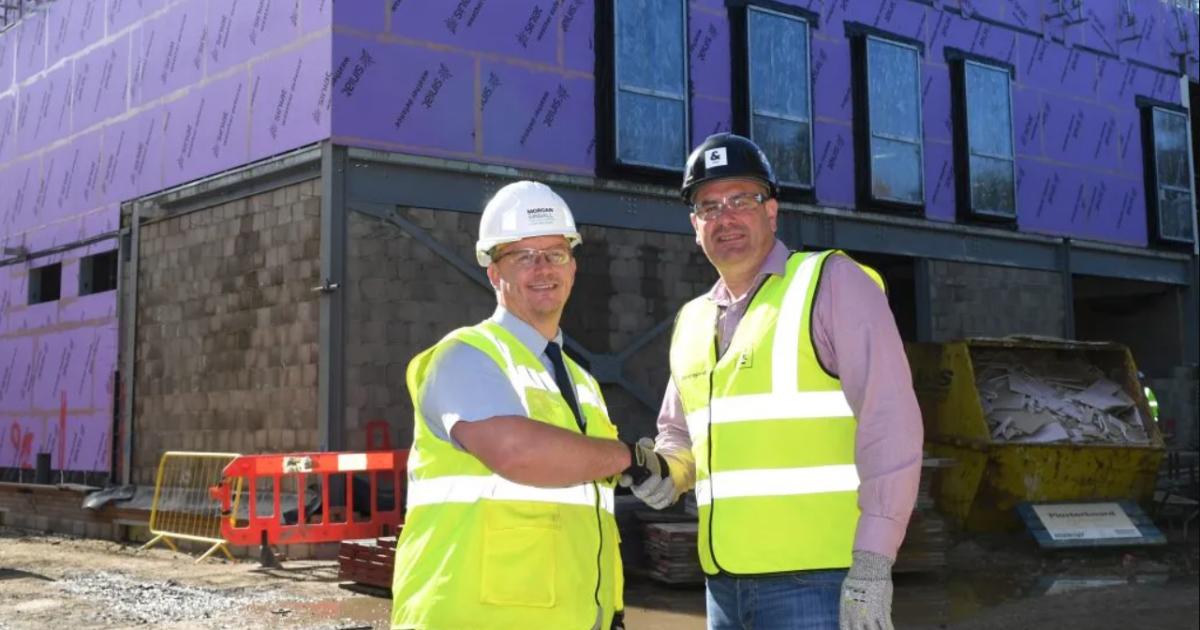The move follows Pudsey-based building contractor G&H receiving a £12 million contract to deliver a complete mechanical, electrical and public health (MEP) design and build for the new facility.
Main contractor London-based Morgan Sindall Construction appointed G&G to support the delivery of the £50million venue, which is due for completion and handover in Summer 2026.
Funding for the scheme, which is part of Harrogate and District NHS Foundation Trust’s (HDFT) transformation programme, came from the government’s Targeted Investment Fund 2 (TIF2) that invests in projects that will accelerate elective care recovery and reduce both waiting lists and times.
RECOMMENDED READING:
Milestone made on Harrogate Case Surgery and Imaging Centre
A 60-strong team, including apprentices, started on site last Monday (Oct 6). They will install and commission all MEP services in accordance with the designs created by G&H’s in-house design engineers.
The modern facility will feature two new operating theatres, three x-ray rooms, an MRI suite, a procedure room and a dedicated day care ward. G&H will install the theatre equipment, piped medical gas, ultraclean canopies to the two MRI scanners, specialist nurse call, power and ventilation.
The building will boast many energy saving features, such as air source heat pumps, Ultra Clean Ventilation (UCV) canopies, chillers and plate heat exchangers.
Due to the nature of the building, the resilience to the electrical supply is provided by two HV transformers, two UPS units, and a main generator with backup connection points.
Steven Fry, project manager at Morgan Sindall said: “With G&H’s extensive experience in healthcare and fully collaborative approach aligning with ours here at Morgan Sindall, I am sure this project will be a success.”
Rob Woodward, senior contracts manager (north) at G&H, said: “Our aim is always to bring buildings to life and transform them into safe, comfortable and efficient spaces where people can thrive. This new facility will help the Trust perform more surgeries, reduce waiting times, and provide an improved environment for patients and staff.”

